

“Working as intended.” It’s the iconic phrase uttered by developers who are too tired, too busy, or too apathetic to fix game glitches that they’d rather pass them off as intentional features. Usually this results in fanbase uproar, but there are a few key moments in gaming history that have been defined by such unintentional behavior.
If every bug and glitch was properly quashed, it’s possible that we wouldn’t have games like Dota 2, Super Smash Brothers, Street Fighter, and more. At the very least they wouldn’t be as popular as they are today, but it’s also possible that entire genres would be nonexistent. Bugs are mostly bad, but they can be good too. Keep reading to find out how.

Dota 2 is the most popular game on Steam by a long shot. Just take a look at the Steam Game Stats and you’ll see that there are more players on Dota 2 than the next nine games combined. How is that possible considering the fact that Dota 2 has one of the toughest learning curves of any multiplayer game?
Well, the learning curve of Dota 2 itself is a strong force for player retention. There are many who give up on the game long before they truly understand it – a journey that can take upwards of a hundred hours – but those who do learn the ins-and-outs of Dota 2 realize the depth and complexity in its gameplay and teamplay that’s hard to find in any other game.

For example, take the concept of last hitting. You only earn gold if you deliver the last blow to an enemy unit. It’s a simple concept that’s tough to execute due to the timing and anticipation involved. Then there’s denying, which is the act of delivering the final blow to a unit on your own team to prevent the other team from earning gold and experience.
It’s an integral part of the game that was originally unintended. Dota 2 began as a mod for Warcraft III which allowed any unit to attack any unit. The impact of denying was so game-changing (full denial of gold and experience) that it was later altered (full denial of gold, partial denial of experience) but kept in the game.
League of Legends, an offshoot of the original Defense of the Ancients, chose another route and opted to remove the denying mechanic altogether.
The aforementioned denying mechanic is only one of many nuanced gameplay features that set apart Dota 2 from other MOBAs. Consider, for example, the concept of animation cancelling.
In Dota 2, every action has an associated animation. Each animation has two components: the animation point (the time it takes for the animation’s action to execute) and the animation backswing (the remaining animation after the action is executed).
To illustrate, imagine a wizard who winds up his hand and throws a fireball (animation point) but follows through with the throwing of his arm until he comes to rest (animation backswing).
Well, players discovered that an animation’s backswing could be interrupted at any time by issuing another action. Instead of waiting for the full animation to play, players could immediately start doing something else as soon as the fireball was thrown. Thus, a master of animation cancelling could gain a significant advantage in situations where milliseconds could determine victory or loss.

But animation cancelling was first discovered years earlier in Street Fighter II. Producer Noritaka Funamizu found a bug in his game where certain animation frames could be interrupted by issuing another attack – similar to the way Dota 2‘s animations are cancelled. However, this small bug would revolutionize the fighting game genre.
With skillful manipulation of cancelled animations, players of Street Fighter II could chain together multiple attacks so quickly that the opponent could do nothing about it. Funamizu considered this exploit so difficult to pull off that he didn’t think anyone would come across it – let alone master it – so he didn’t bother to fix it.
Silly Funamizu. Not only did players discover the exploit, and not only did they master it, but it became a core component of higher level play. It allowed players to always have a fighting chance for survival even if they were 1 HP against an opponent with 100 HP. It was considered so essential that nearly every fighting game today includes combos of some kind.

Most casual players of the Super Smash Brothers franchise only know of three ways to move around the stage: walking, running, and jumping. But back on Super Smash Brothers Melee, there was a fourth option that only advanced players knew about: the wavedash.
To understand the wavedash, you first need to understand the physics of another move, the air dodge. When aerial, players can dodge in any direction. As the air dodge grants a few frames of invincibility, it was originally intended to be used as an evasive maneuver. However, when a player air dodges at an angle towards the ground, they slide.
By jumping and immediately air dodging against the ground, players can slide long distances in a short amount of time – much faster than walking or running. In addition, the game considers sliding characters to be in a “standing” state, meaning they can perform any action that can be performed while standing: jabs, smashes, grabs, shielding, and more.
While wavedashing was removed from sequels of the game, it remains in Super Smash Brothers Melee to this day as one of its defining competitive features, making it the “most competitive” of all games in the series and a shining example of a game that appears simple but is surprisingly deep.
Here are three first-person-shooter mechanics that have defined the look and feel of several famous gaming titles and they all involve jumping in one way or another.
First, there’s strafe jumping, which is also called bunny hopping in some circles. For those who don’t know, strafing is when you move side to side without changing the direction of your facing. In games based on the Quake engine, jumping while strafing allowed you to move faster than simply running. Though it was a bug, the developers decided to keep it.
Second, there’s rocket jumping, which allowed players to propel themselves into the air (or across long distances) using the physics of an explosion, most typically from the projectiles of a rocket launcher weapon. The unintended consequence was two-fold: 1) players could reach locations that were previously too far, and 2) players could cross ground much faster than by foot.
Third, there’s ski jumping, also known as just skiing. In the original Starsiege: Tribes, players discovered that they could quickly accelerate if they repeatedly tapped jump while running down a slope. This mechanic, which made players look like they were “skiing” down hills, was adopted by the community as an advanced technique that defined high level play.
These mechanics have fallen out of favor in recent years as first-person-shooters nowadays lean more towards “realistic” gameplay, but these behaviors aren’t completely extinct yet. Some unconventional shooter games still play around with these interesting mechanics, such as the prevalence of skiing in Tribes: Ascend.
Developers tend to have a specific vision of what they want their games to be, so it’s not surprising when they tend to crush (or attempt to crush) every bug that pops up. However, these examples stand to illustrate that some bugs deserve to live. Some mistakes aren’t mistakes at all and developers should be open-minded about potential glitches that don’t fit their original plans.
What are some of your favorite gaming bugs that were repurposed into features? Surely there are more out there than those listed here. Let’s hear some more examples of how inconspicuous errors turned games famous. Share with us in the comments below!
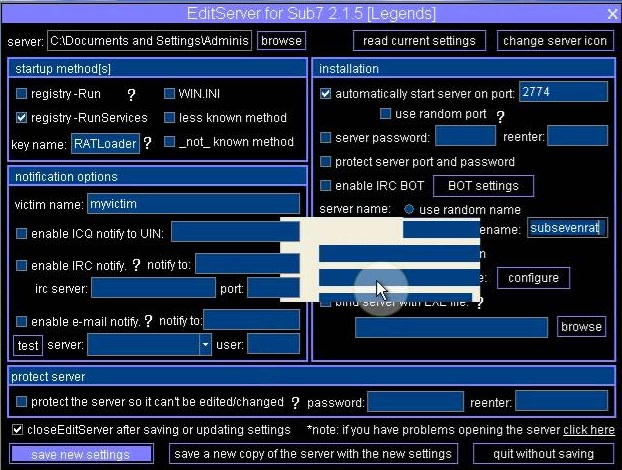



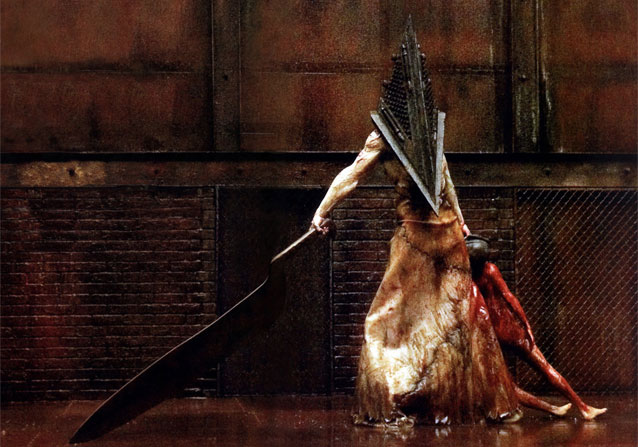 Five Videogame Villains Who Charmed Us With Their Nefarious Ways
Five Videogame Villains Who Charmed Us With Their Nefarious Ways Dark Souls 2: Crown of the Old Iron King DLC Walkthrough
Dark Souls 2: Crown of the Old Iron King DLC Walkthrough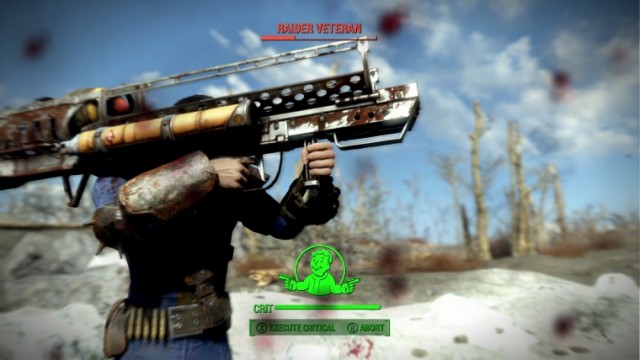 How And Where To Find Fatman Mini Nuke Launcher In Fallout 4
How And Where To Find Fatman Mini Nuke Launcher In Fallout 4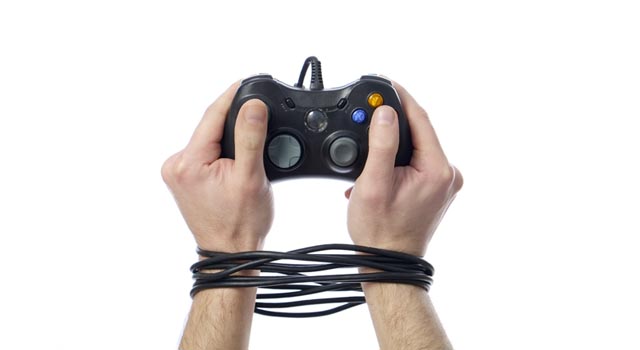 Video Game Addiction In Teens - What Is Too Much and How to Curb the Problem
Video Game Addiction In Teens - What Is Too Much and How to Curb the Problem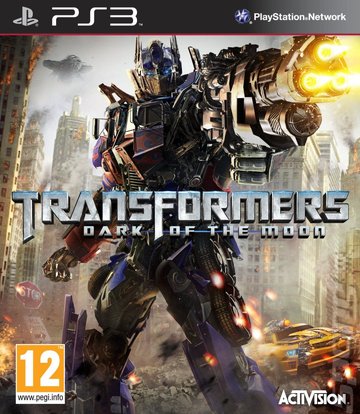 Transformers: Dark of the Moon Trophies list
Transformers: Dark of the Moon Trophies list